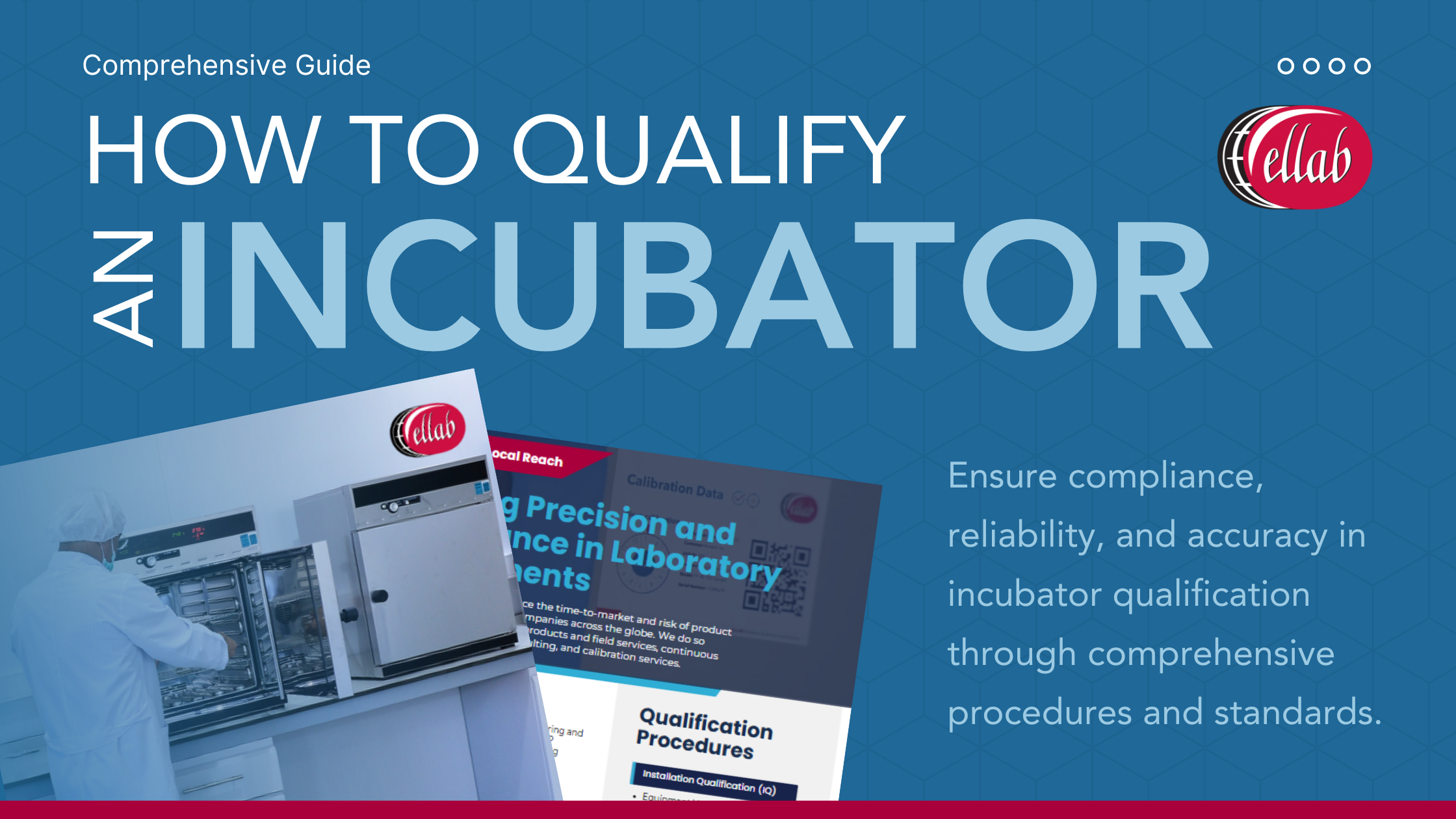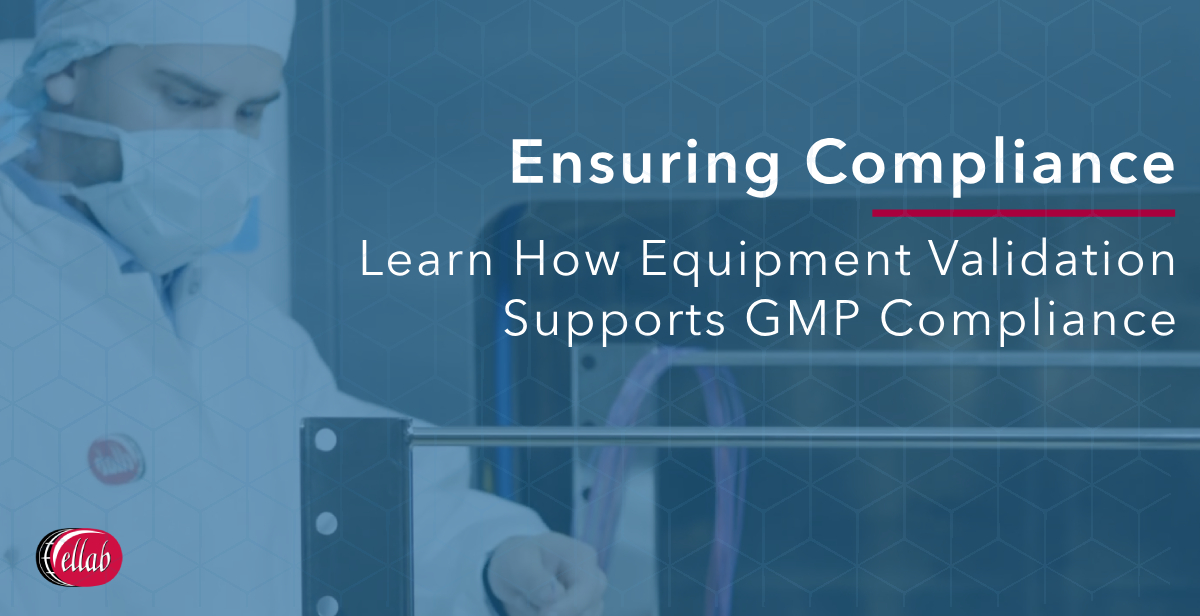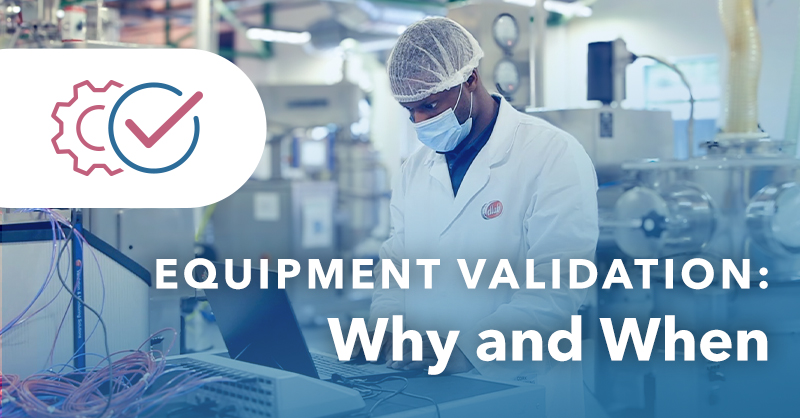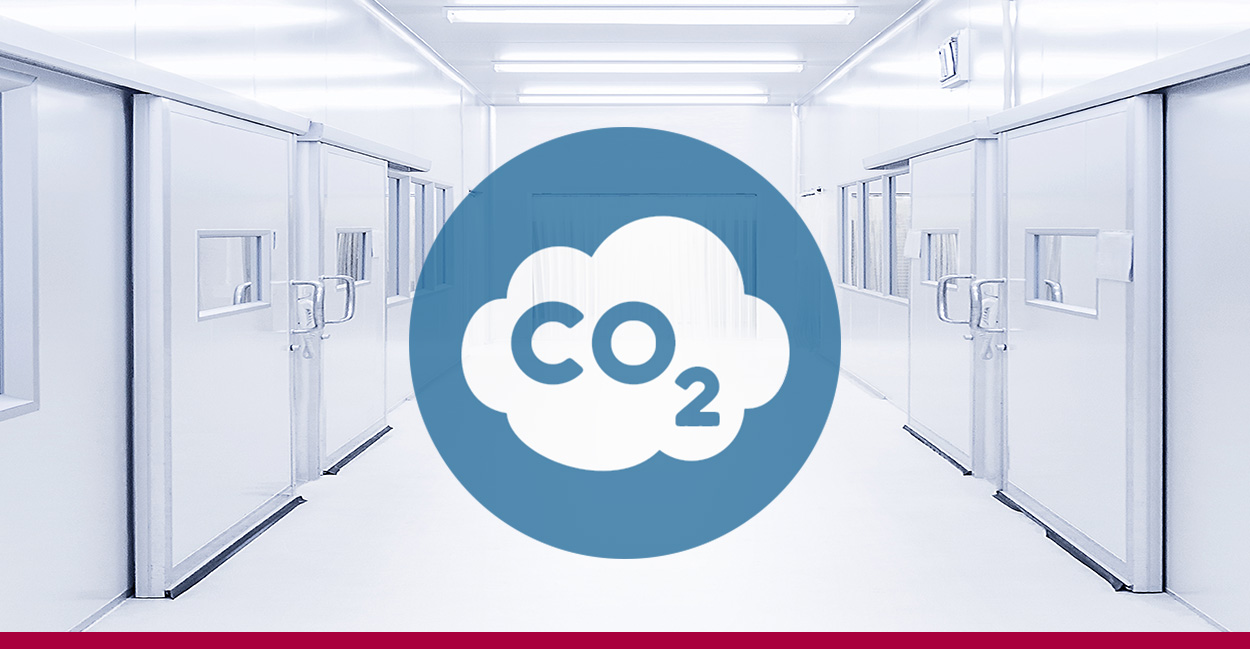Stability chambers and incubators must undergo qualification at three stages: Installation Qualification (IQ), Operational Qualification (OQ), and Performance Qualification (PQ). These stages ensure the equipment is correctly installed, operates as intended, and performs reliably under actual conditions.
Installation Qualification (IQ)
During the Installation Qualification stage, it is essential to verify several aspects:
- Correct installation of the chamber and its components: This includes checking that the equipment matches the details on the purchase order, such as model, serial number, and specifications.
- Utility requirements: Ensure that the incubator’s utility requirements meet the manufacturer’s specifications and that the installation site meets the environmental conditions specified by the manufacturer.
- Proper positioning: Verify that the incubator is level and positioned with adequate clearances, as per the manufacturer’s guidelines.
- Instrument calibration: All instruments must be calibrated according to NIST standards with current calibration certificates.
Operational Qualification (OQ)
Operational Qualification involves testing the individual functions of the chamber, including switches, controls, alarms, and doors. Sensor calibration is also checked if not covered during IQ.
Key steps include:
- Alarm testing: Test high and low-temperature alarms by manipulating sensor conditions.
- CO2 conditions: Simulate high and low CO2 conditions to verify the alarm function for CO2 incubators.
- Empty temperature uniformity study: Position at least nine thermocouples throughout the incubator to monitor temperature uniformity, collecting data at regular intervals over a period of at least 24 hours.
- Power failure and door opening study: Conduct a study at the end of the mapping to calculate the average recovery time after door openings or power failures.
Performance Qualification (PQ)
Performance Qualification involves conducting a full-load thermal and humidity mapping using the same sensor configuration as in the empty chamber study for 24 hours. PQ ensures the chamber performs consistently under actual operating conditions. Requalification helps ensure the chamber continues to perform as expected over time. If there are changes in temperature or humidity set points, both empty chamber and full-load studies should be repeated with the new settings.
Initial Qualification and Structured Approach
When acquiring new stability chambers or incubators, the initial qualification can be purchased from the vendor, a validation service provider, or performed internally by the validation team. The qualification process follows a structured approach:
- Establish operational conditions based on user requirements specifications.
- Prepare IQ/OQ/PQ protocols with clear acceptance criteria.
- Perform IQ to verify installation and documentation.
- Conduct OQ to test all functions and perform empty chamber mapping.
- Execute PQ to validate performance with a full load and requalify as required.
By following these steps, you ensure that your stability chambers or incubators are properly qualified, thereby maintaining compliance and guaranteeing the integrity of your operations. This systematic approach helps achieve reliable and accurate results, ultimately ensuring the quality and safety of pharmaceutical products.







